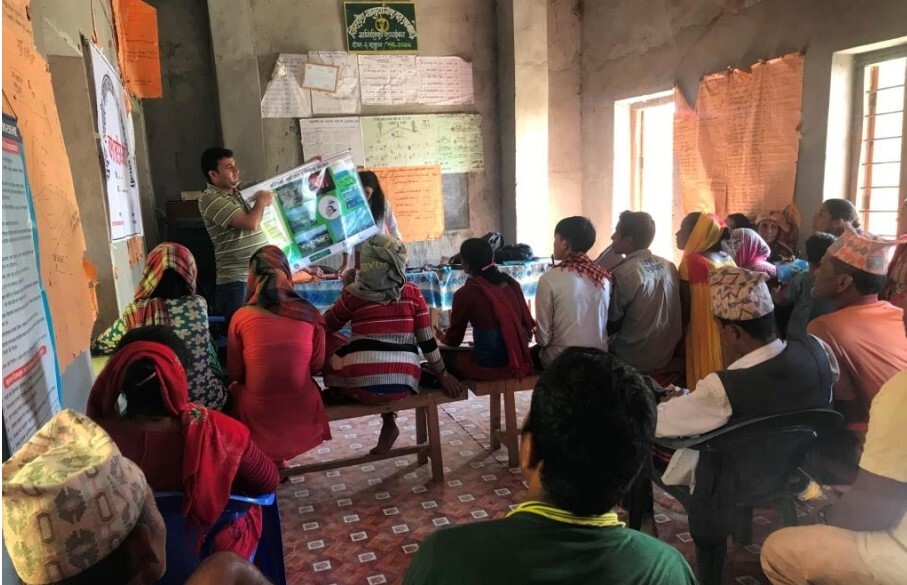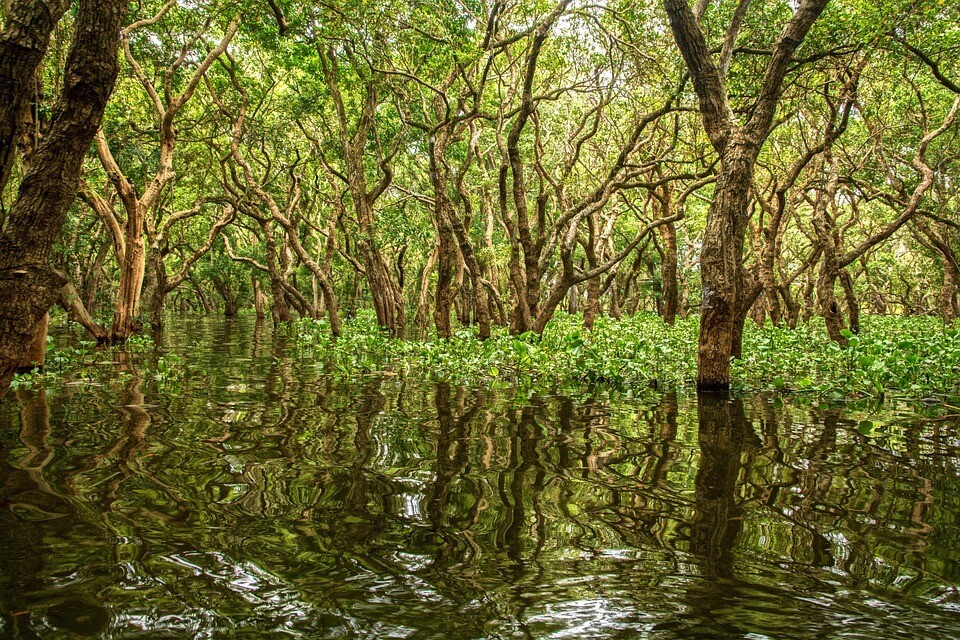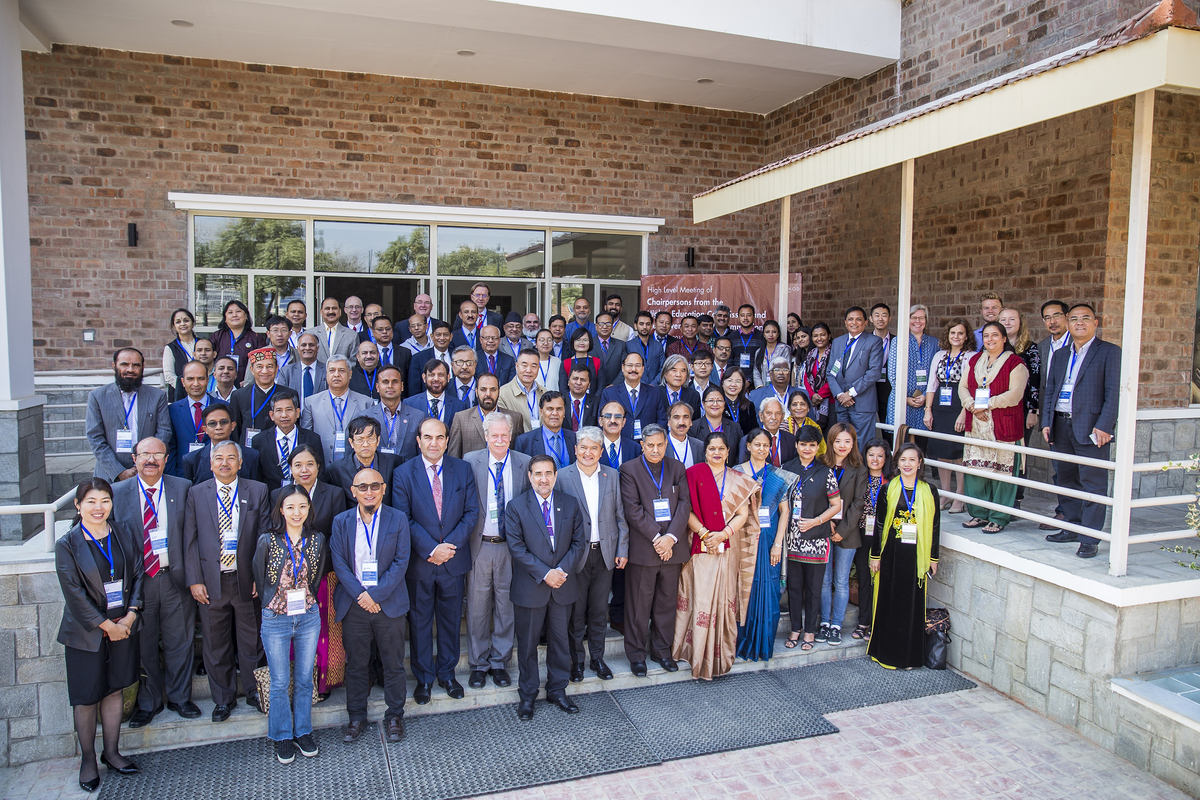
Photo: Government of Nepal
Location
About Nepal
Nepal is a landlocked country in South Asia, with the grand Himalayan Mountains, including Mount Everest. Agriculture is the main industry, with about 70% of the population engaged in farming, growing rice, wheat, corn, jute, and other crops. In addition, the country is characterized by having a rural population of 80 percent, far more than the urban population, and is also a country where policies for rural areas are important.
Issue
Effects on weather-depended agriculture
Global warming is causing the summers of Nepal to lengthen by two months and conversely winters shortened by two months. The monsoon period has also shortened by 1.5 months causing impacts from droughts. On the other hand, the frequency of floods and landslides has been increasing, causing loss of lives and damage to their agricultural lands. These changes in weather conditions have also led to changes in their way of farming, and the increased use of pesticides and chemical fertilizers has also contributed to environmental damage.
Solution / Lesson learned
Local Adaptation Plans of Action
Local Adaptation Plans of Action (LAPA) was initiated by the Ministry of Environment of Nepal and funded by International Fund for Agricultural Development (IFAD). LAPA is a bottom-up approach to National Adaptation Plans of Action (NAPA), in which its approach is community-based working toward climate change adaptation for the local people. LAPA is endorsed by the local government, and social, humanitarian, economic, natural, and other different aspects of the local areas are assessed based on vulnerability and adaptive capacity for creating an adaptation plan of action. With these local efforts, the residents living there is expected to be able to act independently.




